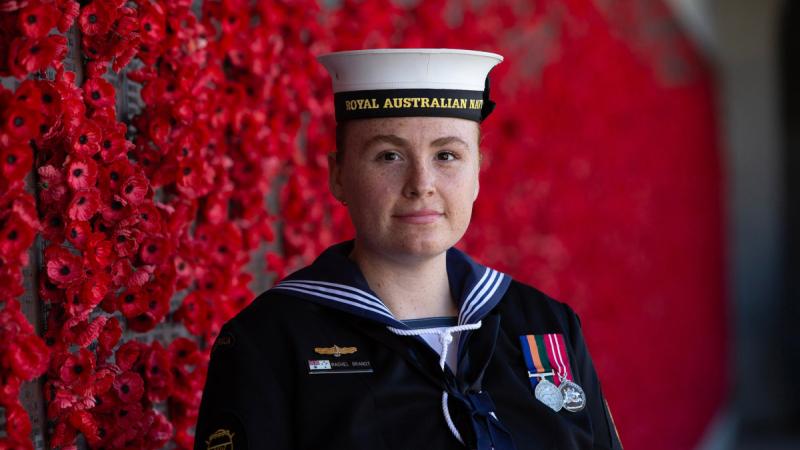The AFP’s world-class forensic photography facilities have come a long way from their humble beginnings in a dark room created from a converted toilet.
As part of National Science Week 2022, the AFP is capturing the history of the agency’s forensic photography capabilities, showcasing the evolution from simple black and white images to 3D laser imaging.
Crime scene photography has a long history with the first such pictures captured in 1867 however it wasn’t until 1952 that the AFP employed a dedicated photographer. Sergeant Hector Hudson Holme was the first officer to fill the new role, which ended the police’s reliance on the photography services of the News and Information Bureau.
For the next three decades, the photographic team had little budget and used donated equipment from the news bureau and the Australian War Memorial. It wasn’t until the 1980s, when the modern-day AFP was created by the incorporation of ACT Policing, the Commonwealth Police and Narcotics Bureau, that the agency developed its own specialist photographic facilities.
Commander Paula Hudson said the creation of the new police force meant the construction of a purpose-built Scientific Section with a photography laboratory.
“This was the first time a purpose built photography laboratory was incorporated into the building,” Commander Hudson said.
“Before this, ACT Policing photographers had to use a converted toilet as an initial dark room for processing black and white film.”
The next major technological advancement occurred in 1988 with the move from black and white crime scene photography to colour photography.
“Even though colour photography had become the norm in general society in the 1970s, they had been deemed too emotive and prejudicial to be used as evidence in court in 1988,” Commander Hudson said.
“For the next 15 years, the use of colour film based photography was considered normal practice for our crime scene investigators to record crime scenes and present evidence in court.”
In response to the 2002 Bali Bombings, AFP forensic scientists employed 3D laser imaging to record the crime scenes. This new technological advancement facilitated millimetre accurate recording of a scene in a level of detail never before seen.
Following that success, 3D laser imaging became a regular evidentiary tool and marked the beginning of the transition from film to digital with the AFP becoming one of the first police agencies in the country to make the switch.
Today, digital photography remains a valuable forensic tool and most crime scene investigators use professional quality DSLR cameras or high-quality mobile phones. Fingerprints are now able to be captured at crime scenes with cameras and other digital devices and immediately sent back to the lab for a rapid examination.
“Crime scene photography has become such an integral part of the way our crime scene investigators examine a crime scene, that it is hard to imagine a world without it,” Commander Hudson said.








